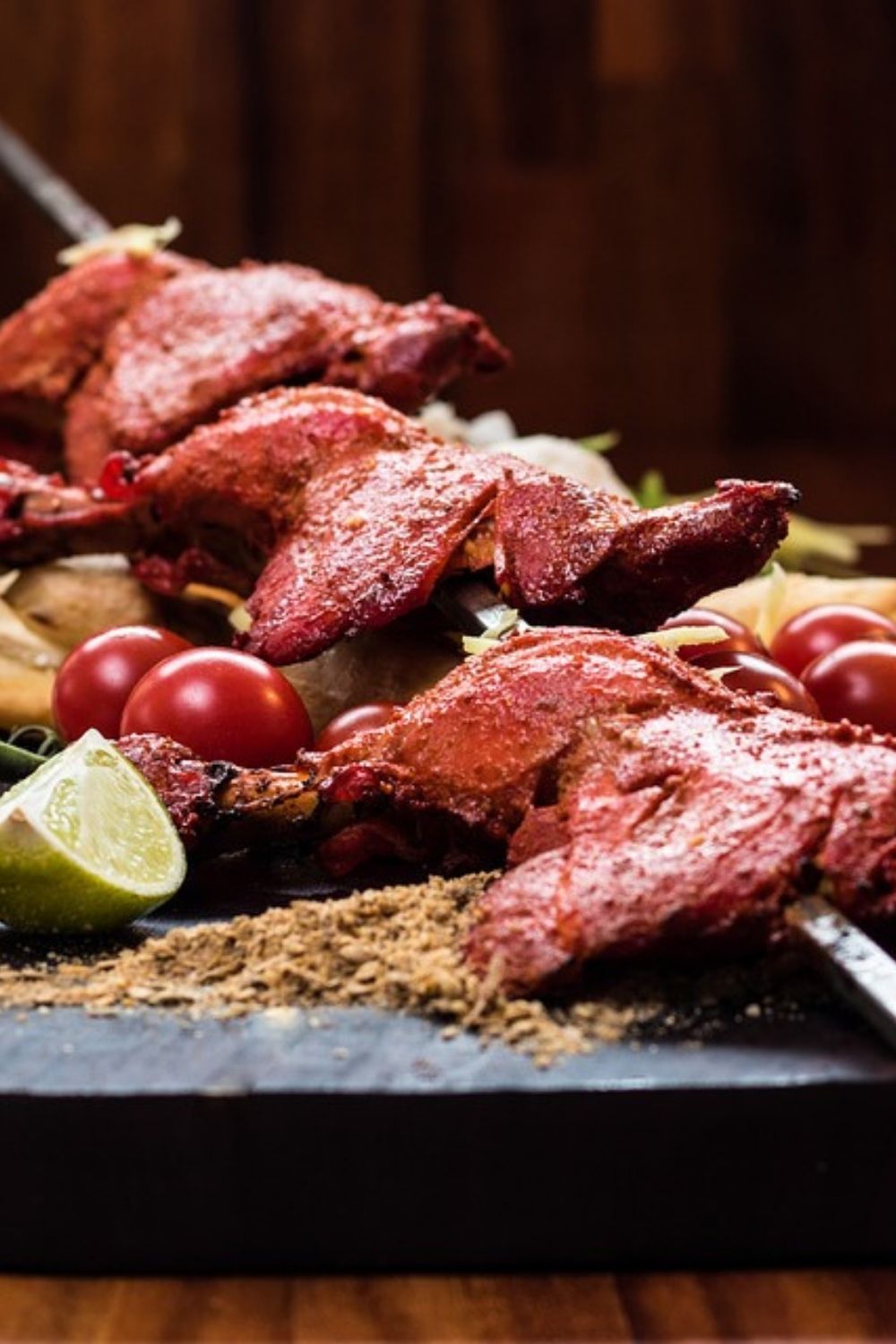Overhead of a stoneware bowl of baba ganoush, next to charred and blistered flatbreads
The best way I know of is a method another old friend, Paula, learned from her Lebanese mother-in-law: pretend you’re making mayonnaise. After all, on a microscopic level, baba ganoush and mayonnaise are not all that different; both are oil-in-water emulsions. The key to a smooth, stable emulsion is to slowly introduce the oil. I start by whipping up my eggplant, garlic, and lemon juice with a fork as if I were scrambling eggs, breaking down the eggplant into a rough paste.
Next, I add the tahini and whip it in vigorously until it’s incorporated. Finally, I slowly drizzle in olive oil (and plenty of it—a third of a cup for my three eggplants), whisking hard the whole time.
The result is a baba ganoush that’s lighter, creamier, and more intense than any other I’ve had, with a savory, smoky aroma, bright acidity, a hint of garlicky heat, and plenty of good olive oil flavor. (You did remember to use your best olive oil, right?)





